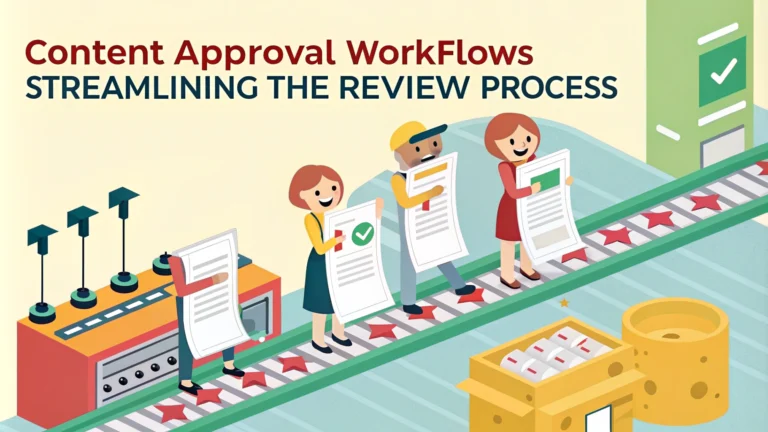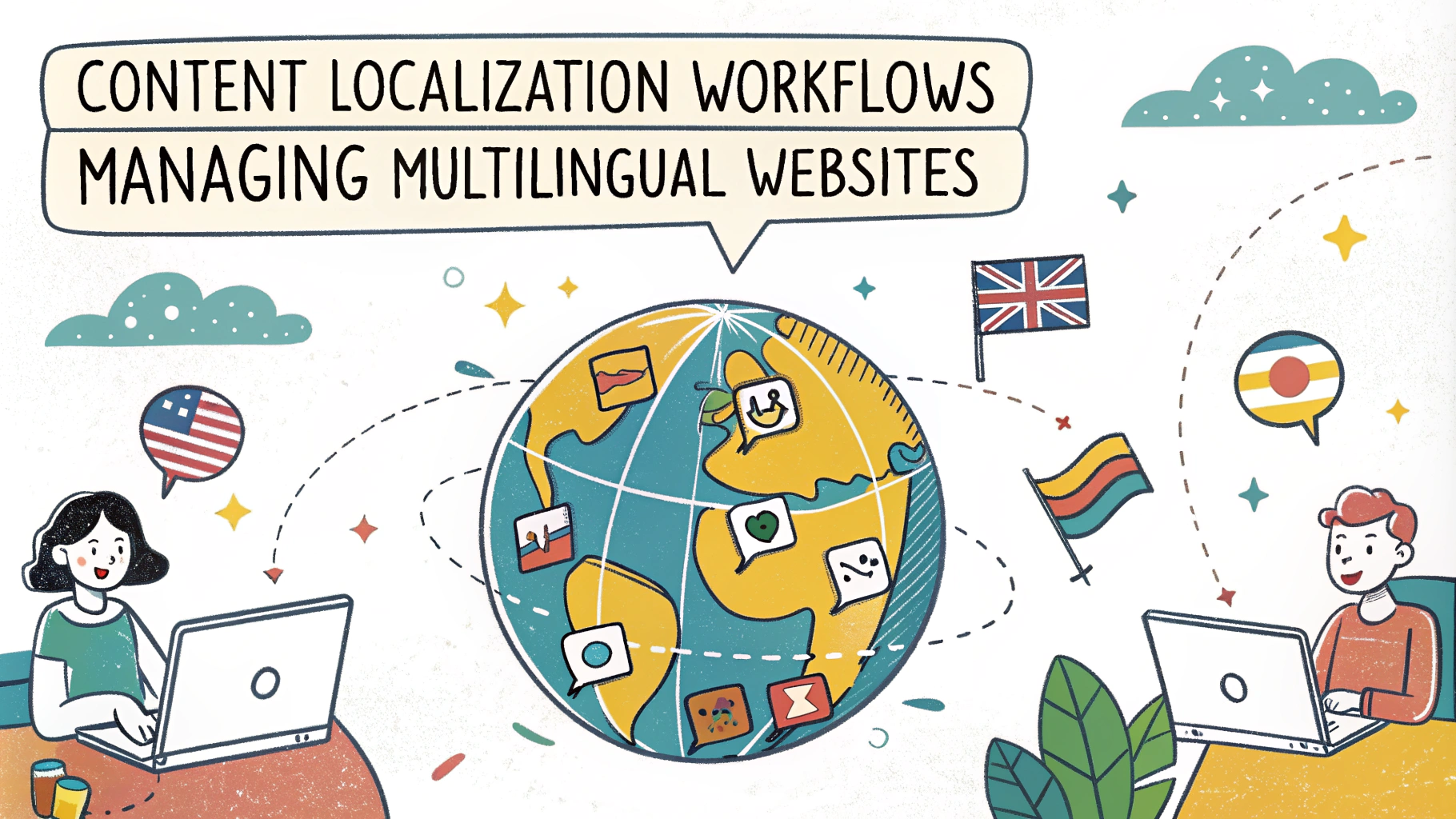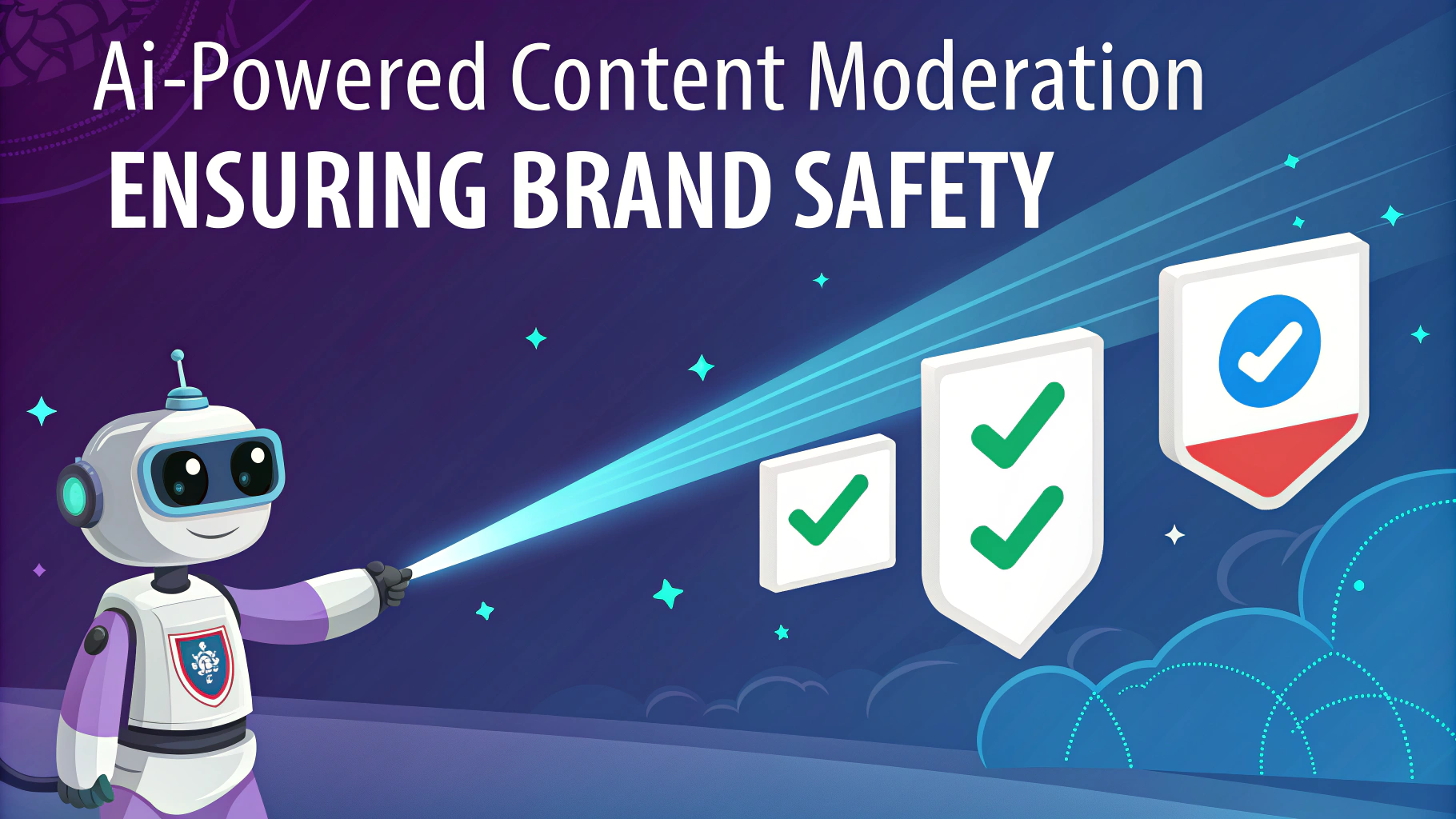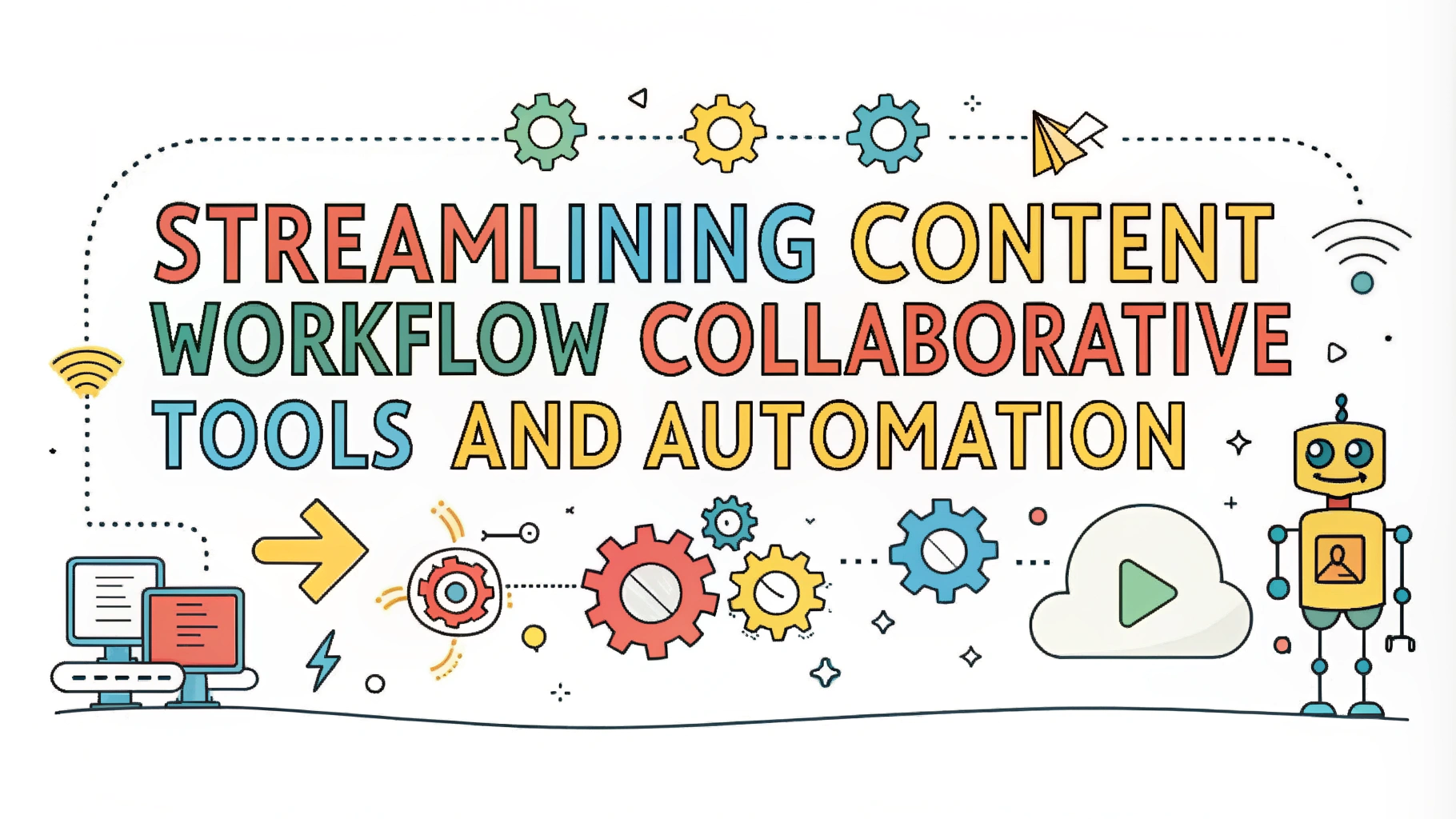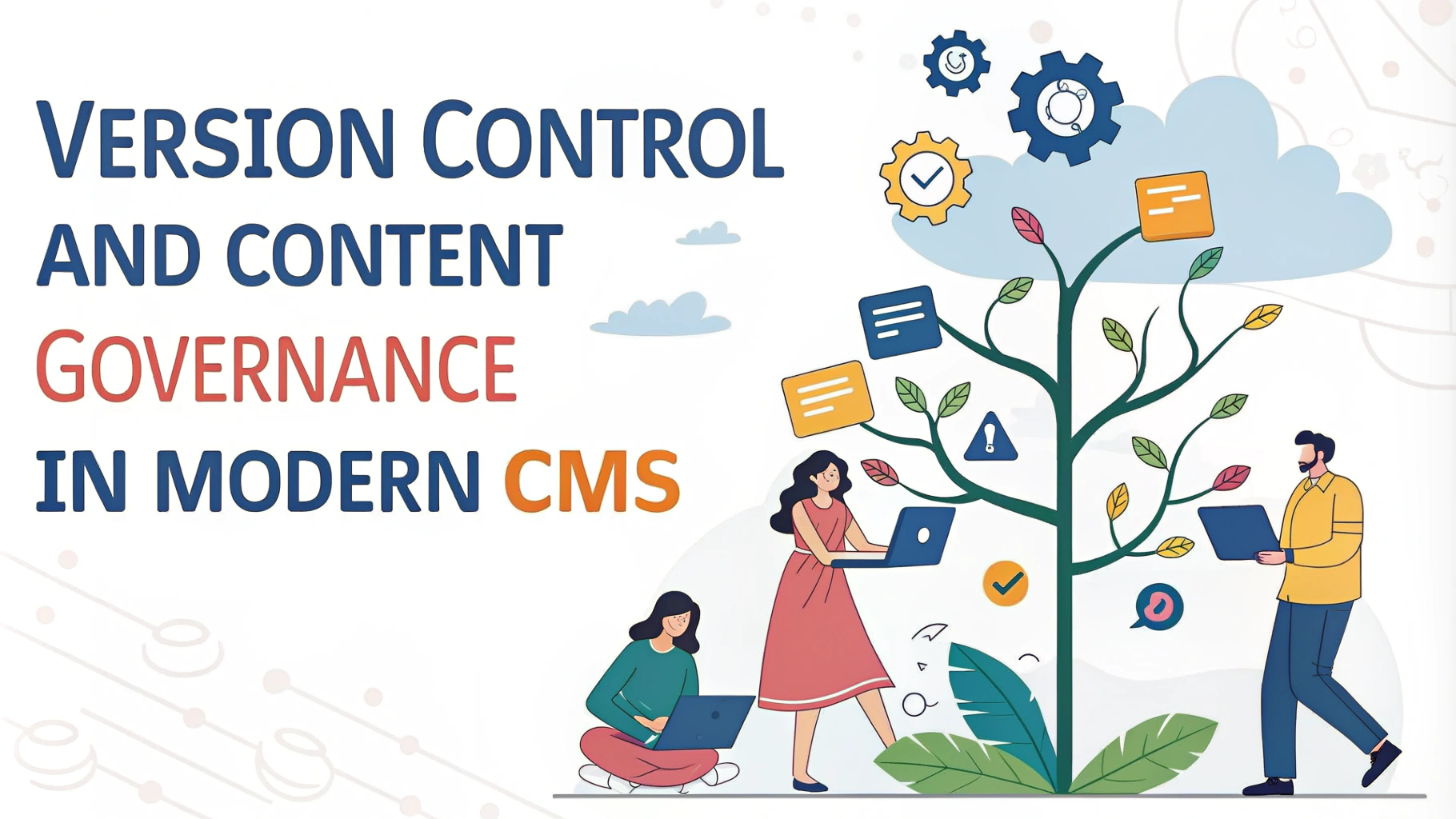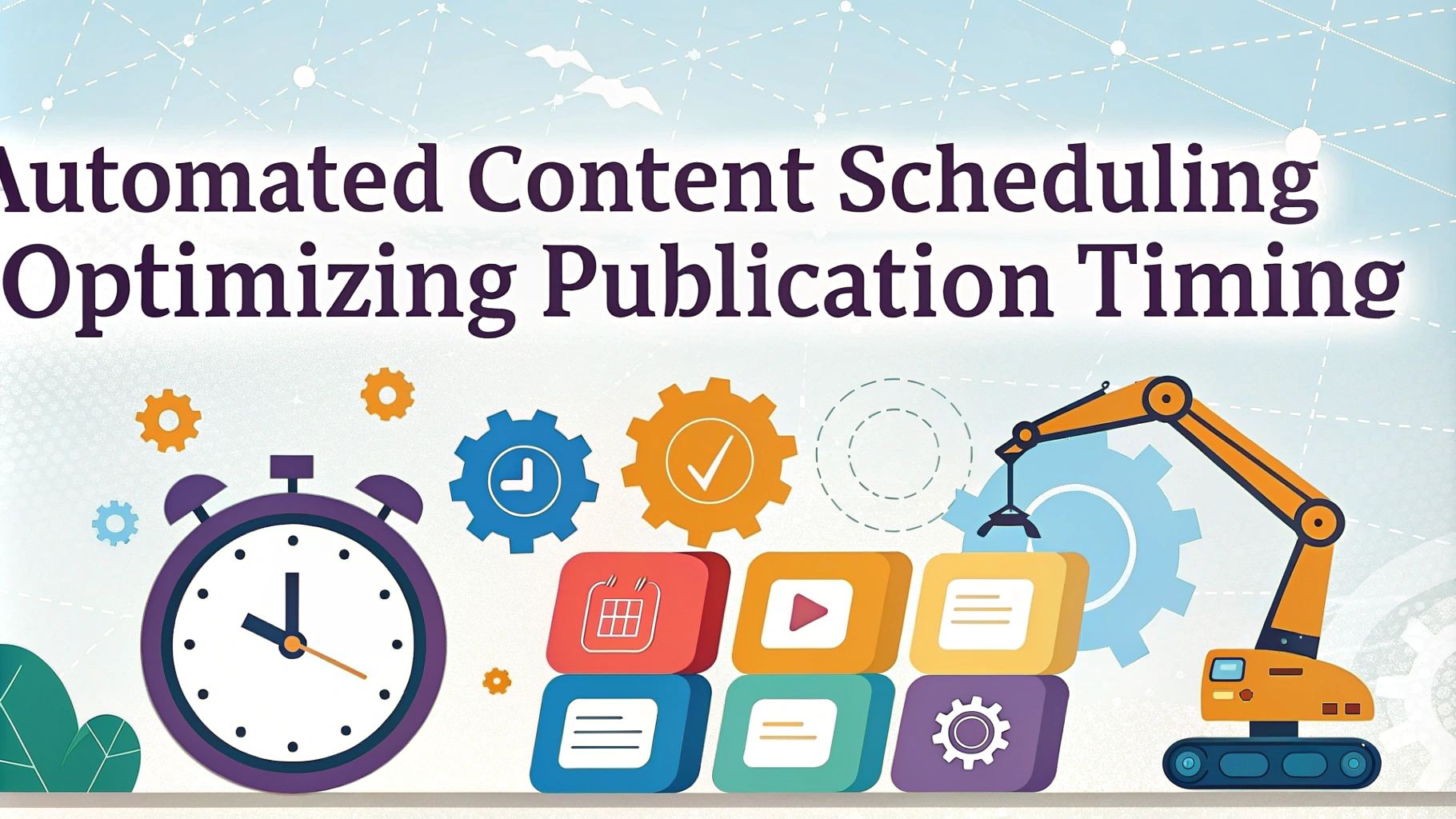Efficient content approval processes are essential for maintaining quality and consistency in your organization’s communications. This article explores practical strategies to optimize your content approval workflows, boost team productivity, and ensure seamless collaboration.
Understanding the Content Approval Process
Content approval is a crucial step in ensuring high-quality, on-brand messaging. It involves:
- Review of content by designated stakeholders
- Feedback and revision cycles
- Final sign-off before publication
An effective approval process balances thoroughness with efficiency, preventing bottlenecks while maintaining standards.
Identifying Common Workflow Challenges
Many teams face obstacles in their content approval processes:
- Unclear responsibilities and deadlines
- Inefficient communication channels
- Version control issues
- Delays due to unavailable approvers
Recognizing these challenges is the first step toward improving your workflow.
Implementing a Structured Approval System
A well-defined approval system streamlines the review process:
- Define clear roles for creators, reviewers, and approvers
- Establish a content calendar with realistic deadlines
- Create checklists for each stage of the approval process
- Implement a centralized platform for content management and collaboration
Tools like Confluence or Asana can help manage these workflows effectively.
Leveraging Technology for Streamlined Approvals
Modern tools can significantly enhance your approval process:
- Project management software for tracking progress and deadlines
- Cloud-based document editors for real-time collaboration
- Version control systems to manage revisions
- Automated notification systems to keep stakeholders informed
Consider tools like Google Docs for collaborative editing or Slack for team communication.
| Tool Type | Benefits | Examples |
|---|---|---|
| Project Management | Task tracking, deadline management | Trello, Asana |
| Document Collaboration | Real-time editing, commenting | Google Docs, Microsoft 365 |
| Communication | Quick feedback, file sharing | Slack, Microsoft Teams |
Establishing Clear Communication Channels
Effective communication is the backbone of a smooth content approval process. To improve collaboration:
- Set up dedicated channels for content-related discussions
- Use project management tools to track progress and deadlines
- Implement a system for providing clear, actionable feedback
Tools like Slack or Microsoft Teams can help centralize communications and keep everyone on the same page.
Streamlining Feedback and Revision Cycles
Efficient feedback loops are essential for timely content approval. To optimize this process:
- Establish clear guidelines for providing constructive feedback
- Set specific deadlines for each revision round
- Use collaborative editing tools to track changes and comments
Consider implementing a two-round feedback system to limit excessive revisions and keep the process moving forward.
Best Practices for Feedback
- Be specific and provide examples
- Focus on the content’s objectives and target audience
- Offer solutions, not just critiques
Implementing Version Control and Documentation
Proper version control prevents confusion and ensures everyone works on the most current draft. To maintain order:
- Use a consistent file naming convention
- Implement a version tracking system
- Maintain a centralized document repository
Tools like Dropbox or Google Drive offer version history features that can help manage document revisions effectively.
Conclusion: Refining Your Approval Process
A well-structured content approval process is key to maintaining quality and consistency in your organization’s communications. By implementing these strategies, you can:
- Reduce bottlenecks and delays
- Improve collaboration between team members
- Ensure higher quality content output
Remember, the goal is to create a balance between thoroughness and efficiency. Regularly review and refine your approval process to adapt to changing needs and technologies.
Key Takeaways
- Define clear roles and responsibilities
- Leverage technology for better collaboration
- Establish effective communication channels
- Streamline feedback and revision cycles
- Implement robust version control
By focusing on these areas, you can create a more efficient, transparent, and productive content approval workflow that benefits your entire organization.

